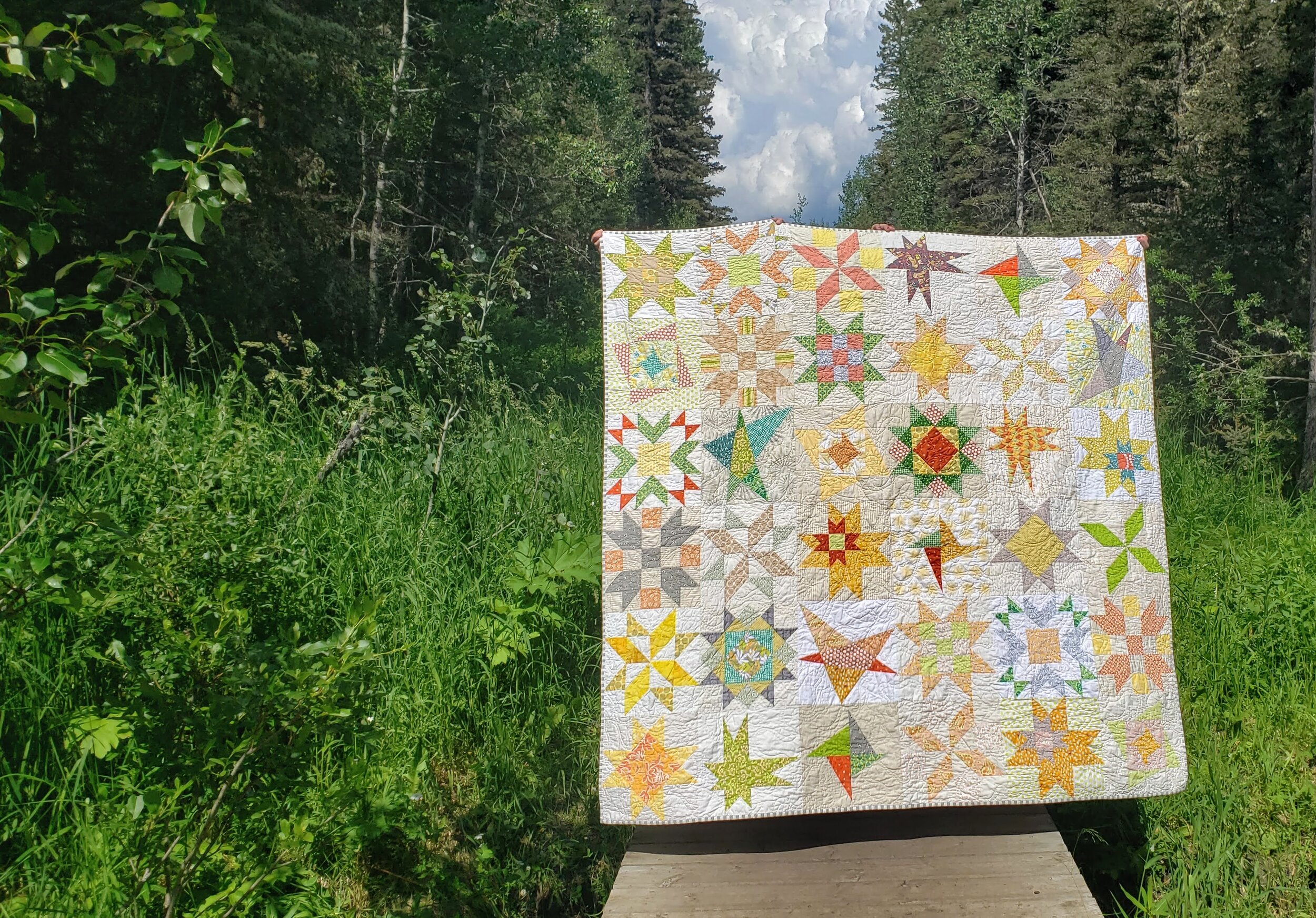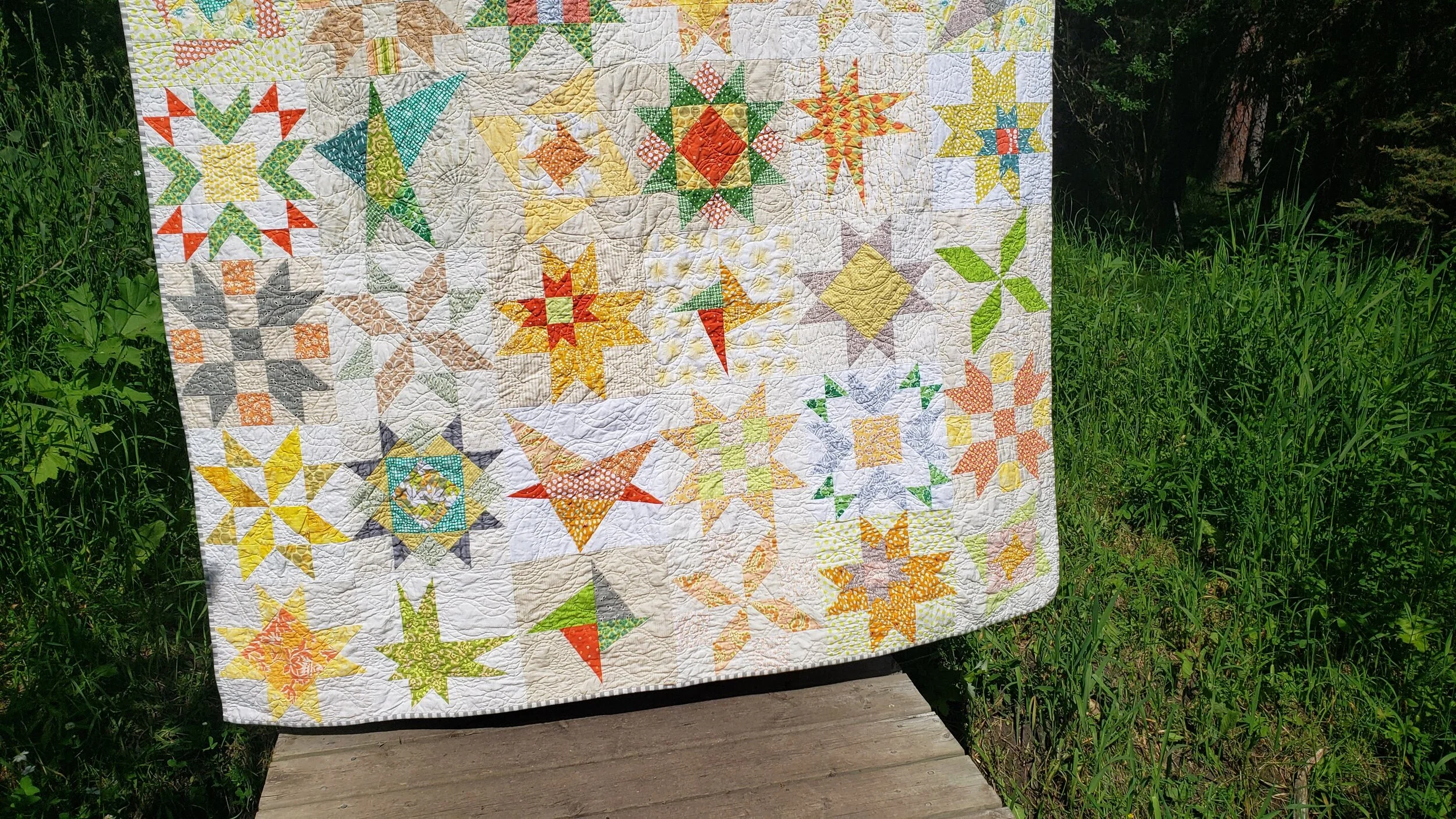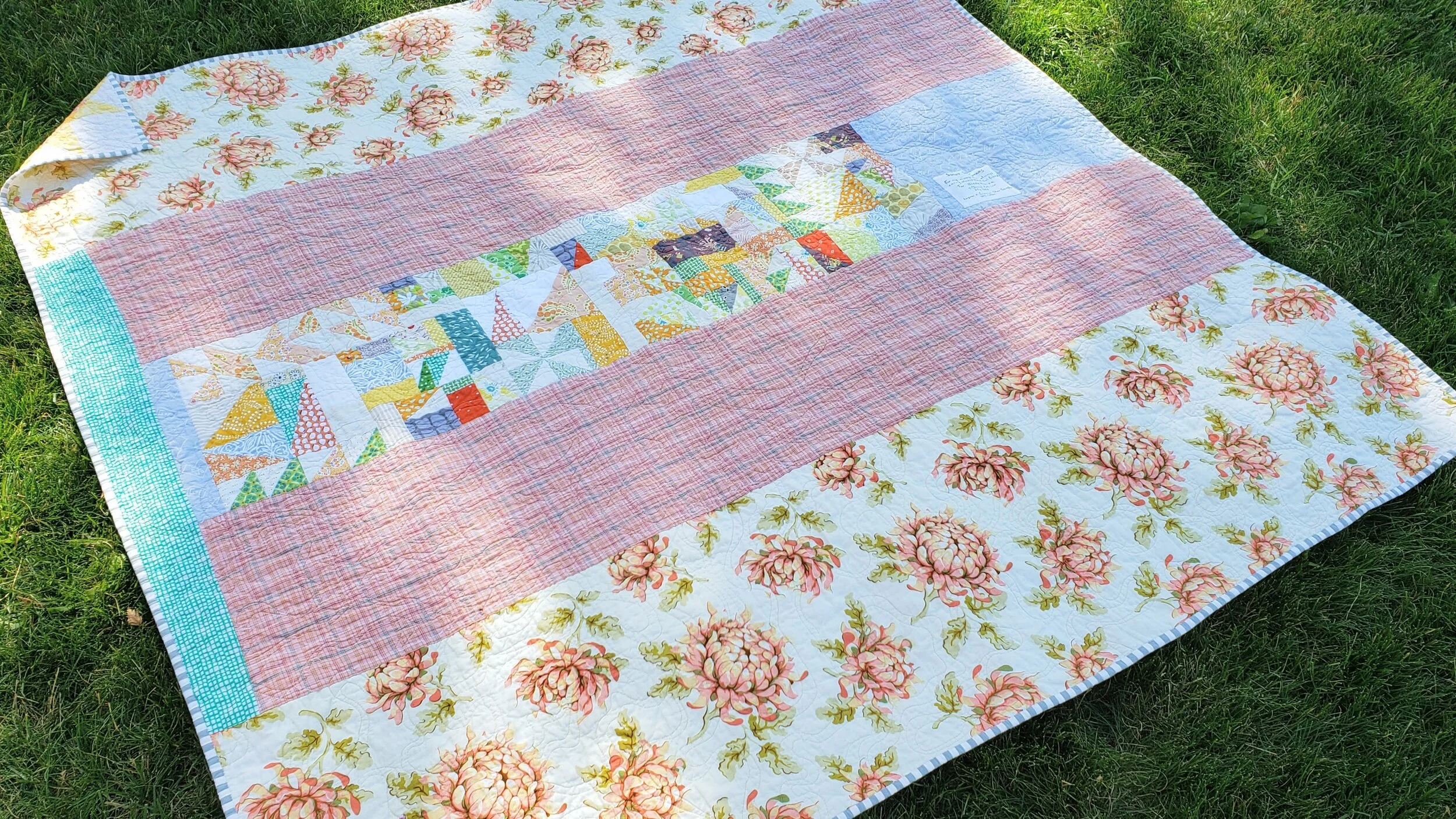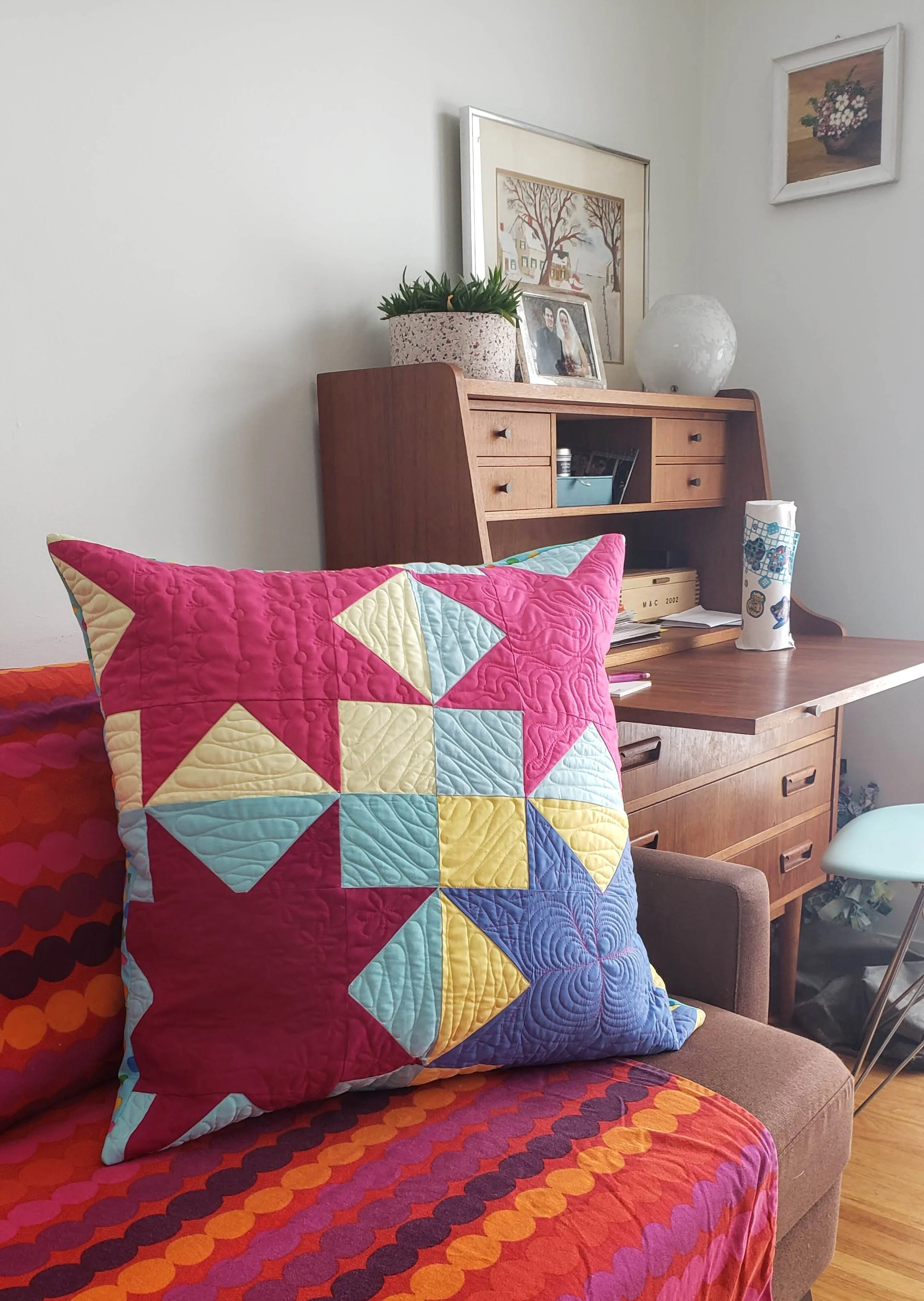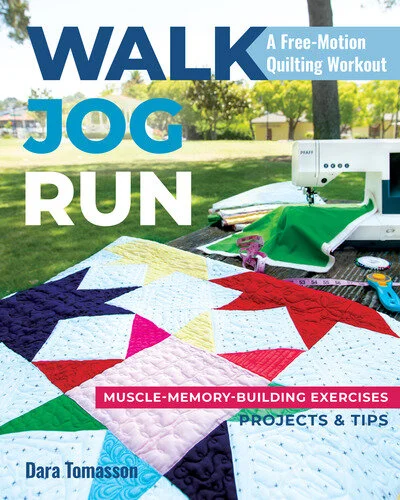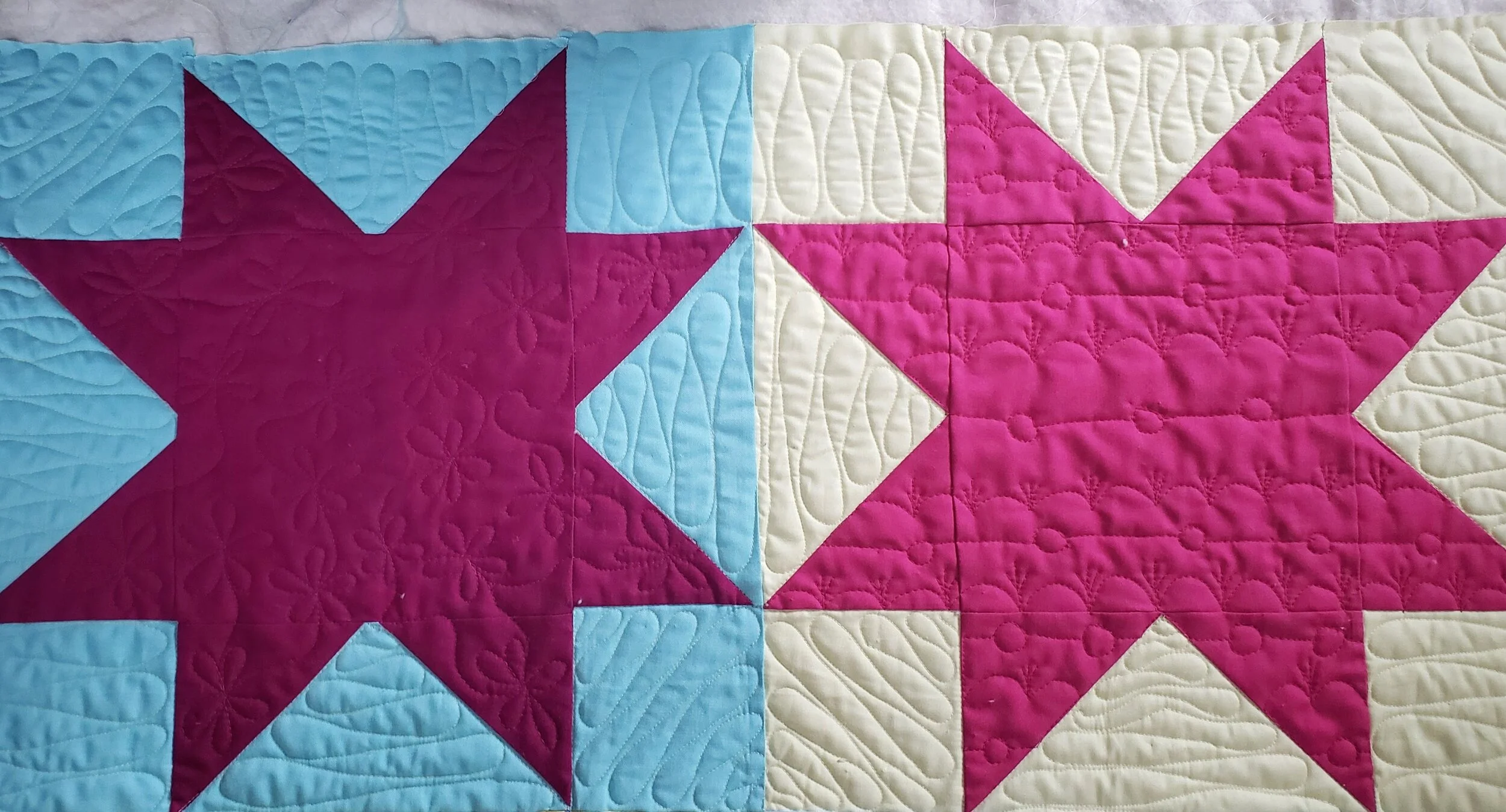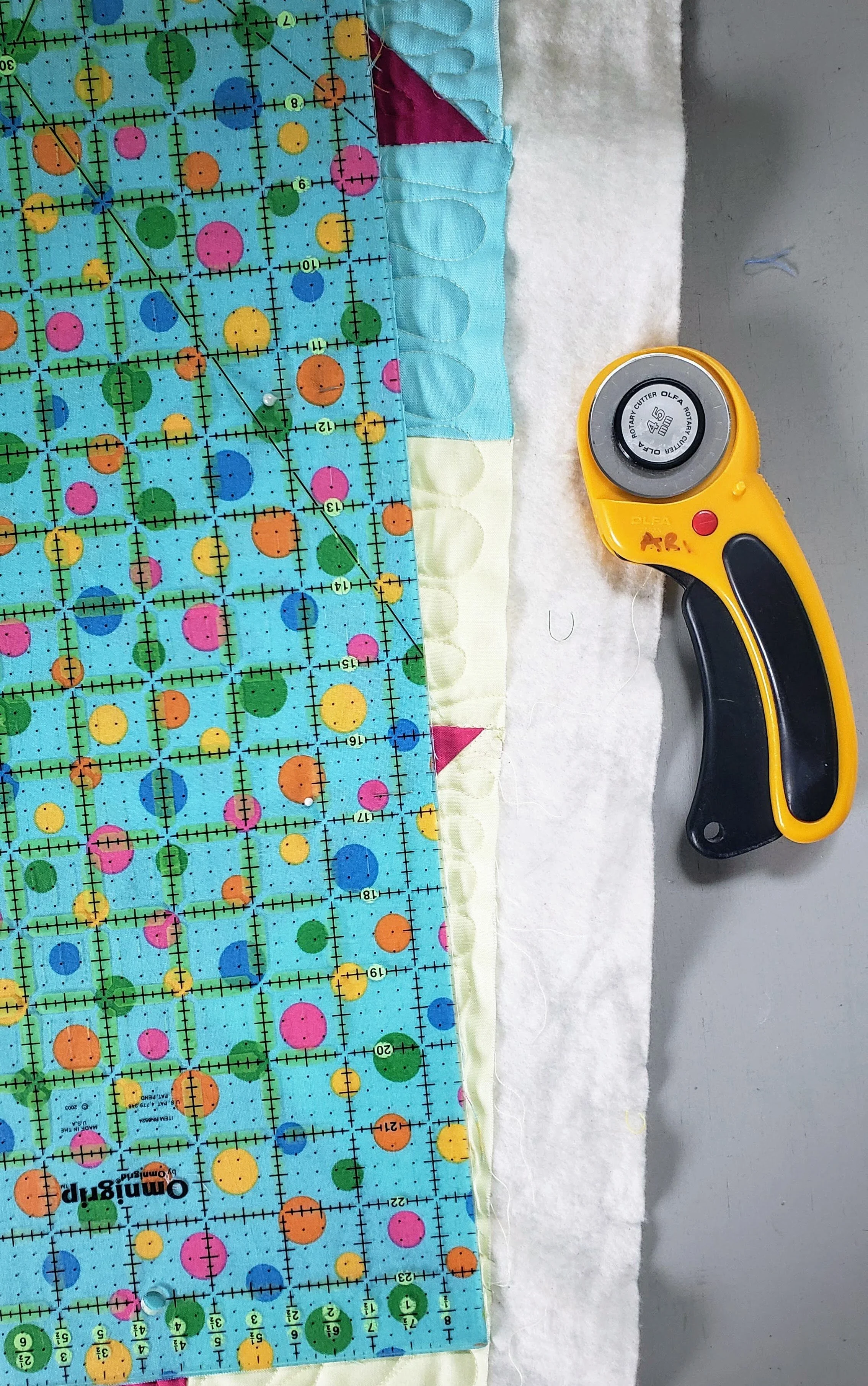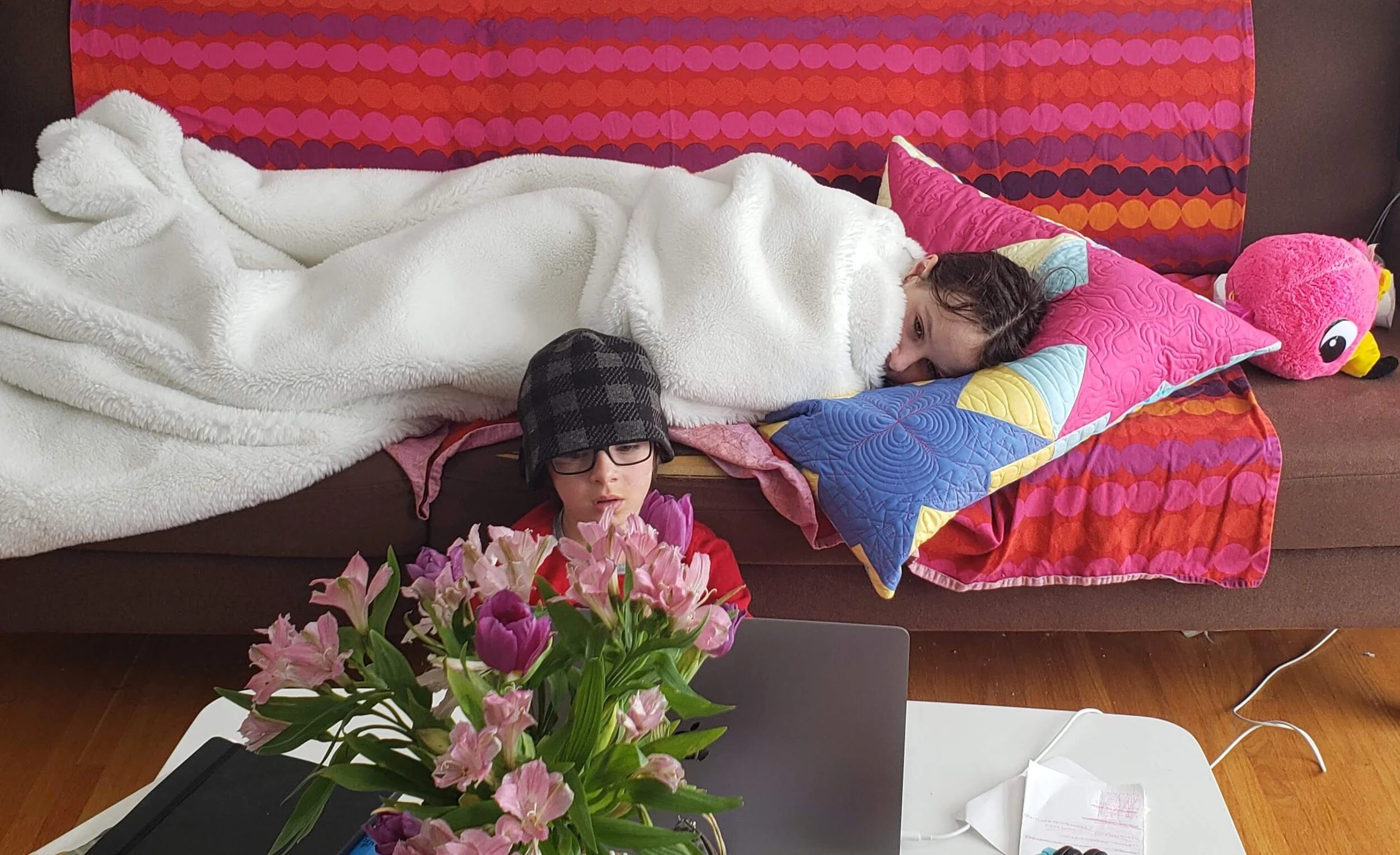Last fall, after a summer of Black Lives Matter protests, the Social Justice Sewing Academy set out to do some different kind of work. This, on top of the amazing lessons, memorials, and community work they already do. They’ve just published a guidebook for the sewers of the world, An Anti-Racist Guidebook.
What is Anti-Racism?
I came to the term through Ibram X. Kendi and his book How to Be an Anti Racist. Essentially, it is about doing more than saying you believe all races are equal. Saying you don’t see colour isn’t the answer. It is about examining the systemic racism that we all participate in one way or another, then actively working to dismantle it.
When the call for volunteers came out I signed up immediately. As a quilter who works almost exclusively in cotton, as a white woman who only learned more than pop culture civil rights history in the last 10 years, as a human, I wanted to do some of the anti-racism work for myself and our community. Ever since my trip to Alabama and seeing cotton fields for the first time I’ve wanted to dive deeper into its production. Hand in hand with that is the deep dive into the role cotton has played in systemic racism.
My essay in the Anti-Racist Guidebook is the result. I looked into the ties between slavery and cotton production, which most of us know about. But it also examines the growth of the Industrial Revolution and capitalism as tied to cotton production, and therefore slavery. It also examines current cotton production, including how those links aren’t really gone.
The process was eye-opening for sure. I hope it is for you. It has me hanging on to every scrap of my cotton, not wanting to waste a bit of effort that went into making it. I won’t lie, it also gives me mixed feelings about using cotton at all. This discomfort is good, its going to force me to dig deeper. The next step is to talk to the fabric companies that make our medium of choice and ask them about their current supply chain. The more we all know, the better.
I highly recommend checking out the entire Anti-Racist Guidebook. There are some incredible pieces on everything from code-meshing to political quilts, from housing to resiliency. Each essay is written by a volunteer. They place themselves in the work, to show the work rather than centre their story. Each essay also includes recommendations for self reflection by the reader, to do their own work on the topic.
For my part one of my resources was this book: Empire of Cotton by Sven Beckert. I pulled from multiple sections but now I am sitting down for a good read. It is fascinating and disheartening at the same time, illuminating and depressing. But we can’t walk away from the thick, the ugly, the hard just because they are so. People live this still and it is up to all of us to move forward for all.
And for those of you who might want to tell me to keep politics out of quilting, I hope you read this guidebook. If anything, to know that cotton, our material of choice is inherently political.




